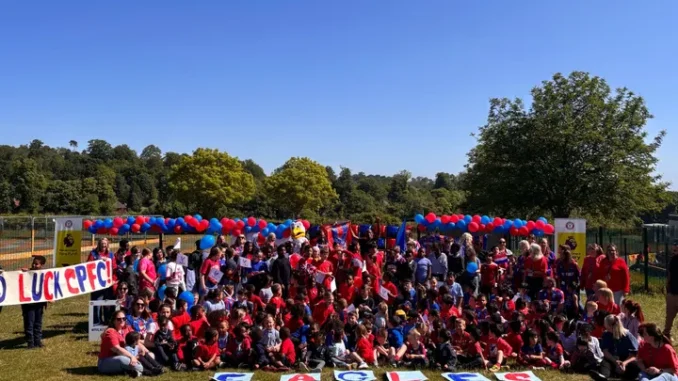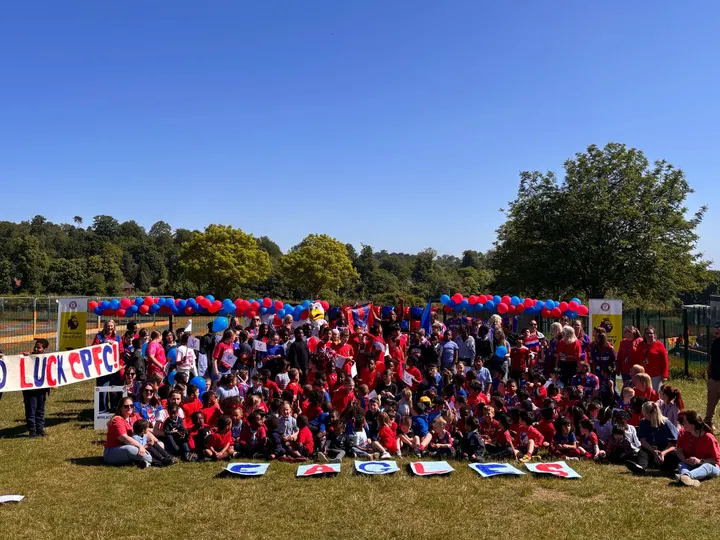
JUST IN :-In a recent reflection, Mike Summers, CEO of the Palace for Life Foundation, revisited a pivotal moment in Crystal Palace Football Club’s history that underscores the club’s resilience and deep-rooted community ties. This moment, the 2010 crisis, not only threatened the club’s existence but also galvanized a collective effort that would shape its future.
In 2010, Crystal Palace faced a dual threat: relegation from the Championship and potential liquidation due to financial insolvency. The club had entered administration in January, leading to a 10-point deduction and the departure of key figures, including manager Neil Warnock and star player Victor Moses. The season culminated in a tense final match against Sheffield Wednesday, where a 2-2 draw ensured Palace’s survival in the Championship. However, the off-field battle was far from over.
Behind the scenes, a consortium known as CPFC 2010, comprising Steve Parish, Martin Long, Stephen Browett, and Jeremy Hosking, negotiated tirelessly to purchase the club and its stadium, Selhurst Park. The negotiations reached a critical point on June 1, 2010, with the threat of liquidation looming. Hundreds of fans gathered outside Lloyds Bank’s London offices, demonstrating their unwavering support. Their presence and passion played a significant role in persuading the bank to finalize the deal, ensuring the club’s survival .
Reflecting on this period, Mike Summers emphasizes the profound impact of this collective effort. “That moment in 2010 wasn’t just about saving a football club; it was about preserving a community institution,” Summers remarked. “The unity displayed by fans, staff, and local residents showcased the club’s integral role in South London’s social fabric.”

This ethos of community support is central to the mission of the Palace for Life Foundation. Established over 25 years ago, the foundation leverages the power of football to inspire and support young people across South London. From delivering free weekly sports sessions at multiple venues to providing mentoring for youths involved in crime or facing school exclusion, the foundation’s initiatives are vast and impactful .
The foundation’s response during the COVID-19 pandemic further exemplifies its commitment. Initiatives like the Palace Kitchen, which produced over 16,500 meals for vulnerable residents, and the adaptation of mentoring programs to online platforms, ensured continued support for those in need .
Summers also highlights the foundation’s focus on mental health, especially during challenging times. Programs like “Palace Pad Chat” utilized gaming platforms to maintain connections with young people, providing them with much-needed support and engagement during lockdowns .
The legacy of the 2010 crisis serves as a testament to the strength and unity of the Crystal Palace community. It’s a reminder that, beyond the pitch, the club and its foundation play a pivotal role in uplifting and supporting the lives of many in South London.
Leave a Reply